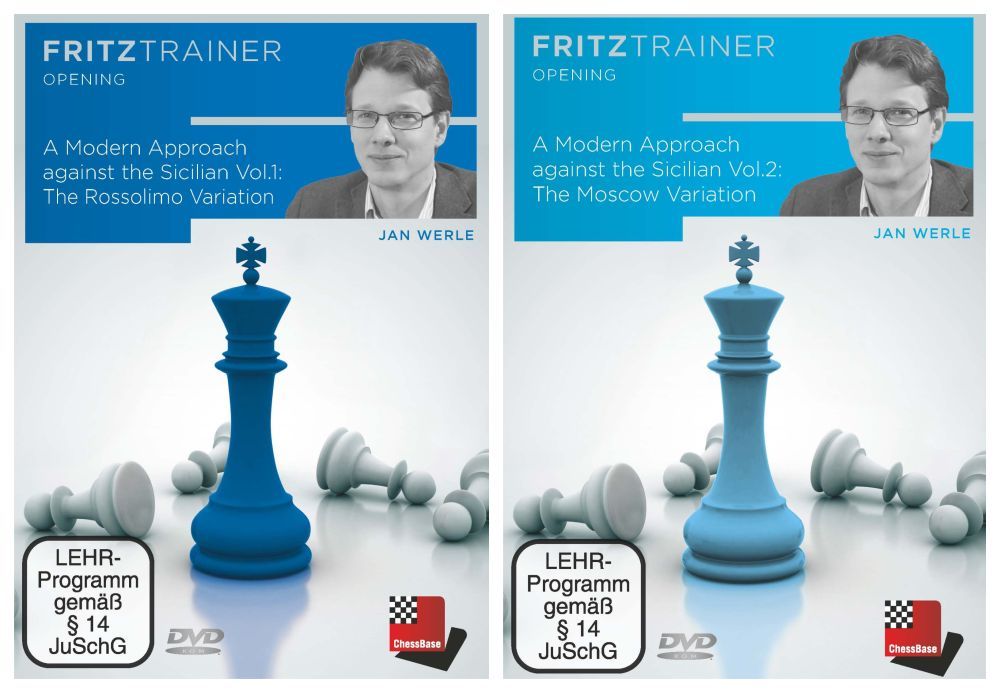Play the Rossolimo Sicilian with GM Jan Werle
In this day and age, it is not so important to get an opening advantage - it is more important to get a playable position that you understand better than your opponent. With the Sveshnikov all the rage at the top, and the Open Sicilian no longer guaranteeing White his birthright opening advantage, top players have moved on to exploring lesser known but sound systems, and one such opening is the Rossolimo. Almost all the top players play this opening with both colours, its chief advocate being the American No.1 Fabiano Caruana. Jan Werle recently authored a DVD on the subject, and Tanmay Srinath takes a closer look at the Dutch GM's debut offering for ChessBase, along with a brief interview with the author about these DVDs.
The Sicilian Defense is a real beast! In the main lines often Black sacrifices objective equality for positions where he can out calculate White and win with a counter-attack. My transition with this venerated opening has been rather amusing - I myself used to play it as Black at the very beginning of my career, inspired by Kasparov's Scheveningens! Slowly I realised that my style is not one of deep memorization, so I switched to the French. But as White my troubles against the Sicilian continued. I initially relied on the Open Sicilian with 2.Nf3 and 3.d4, but a bad loss in the Chinese Dragon drew me away from the sharp stuff. I soon began experimenting with the closed Sicilian, and it brought me some reward, but again not such great positions. It was then the time of the Smith Morra Gambit, and I achieved some scintillating results with it. However, as with the extremes of Chess, I soon found myself stuck against great defenders, and the quest for the best opening continued. However, I feel I have found my Golden Fleece with these latest offerings by ChessBase and Werle, and I hope to enlighten the readers through this review why the Rossolimo is perhaps the most critical test of the Nc6 Sicilian! We will also include titbits from my conversation with Werle in between, and the reader can gain a greater insight into chess in general and these systems in particular from our conversation.
A few facts before the author of the DVD , Jan Werle, before we start:
1. At Liverpool in 2008, he made only a last-minute decision to enter the EU Individual Open Chess Championship and surprised everyone by winning the event, ahead of many of Europe's leading players, including Michael Adams, Nigel Short, Étienne Bacrot and Maxime Vachier-Lagrave.
2. Peak rating of 2607.
3.Runner-up at Groningen 2005 and at the Corus 'C' Group (Wijk aan Zee) 2006.
4.Medal-winning performances at the European Youth Chess Championships at Kallithea in 2000 and 2001, where respectively, he took bronze in the Under-16 and silver in the Under-18.
5. Studied Law at Groningen University, and these days plays chess professionally.
6. He is also an accomplished chess trainer and (yet to be released) author - he will have a two part series on defense in collaboration with Thinker's Publishing titled Unbeatable!

Obviously a very impressive bio, but when going through his games I did notice a few things that might seem a bit peculiar to the readers of the review when viewed in context to this DVD Series:
1. Werle has nearly always preferred 1.d4 and 1.Nf3 on move 1.
2. He has only 19 games with 1.e4.
3. His main weapon as Black? The Sicilian!
Thus, compared to the previous authors on the Rossolimo, Werle not only has little experience in the line as White, he is also a firm adherent of the Sicilian from the Black side. How then did he choose the Rossolimo as the subject of his DVD?
When discussing this with Jan, he said and I quote " As a Sicilian player I had a hard time facing these systems. Thus I decided to investigate these systems in depth, as I could never understand the structures arising from them. I liked to conduct extensive research, so I spent quite a lot of time on these unknown territories. These are very typical structures, as in the Rossolimo we have the fight between the bishop pair for Black and the better structure and lead in development for White. This can be noticed especially in 9.Be3 line in the 3...g6 variation. There Black has the bishops, the semi open b-file and the pawn breaks, but why does the computer like White? After going through the lines deeply I understood that both these bishops can be restricted - the c8 bishop with f3,h3 and g4 and the g7 bishop with the pawn center e5-d4. This was very fascinating to understand."
I think this encompasses my views as well - I have always viewed chess as a battle between statics and dynamics, and the 3.Bb5 Sicilians have these sorts of battles in almost all the positions arising from them. Now without further delay let me go through the contents of the DVD one by one:
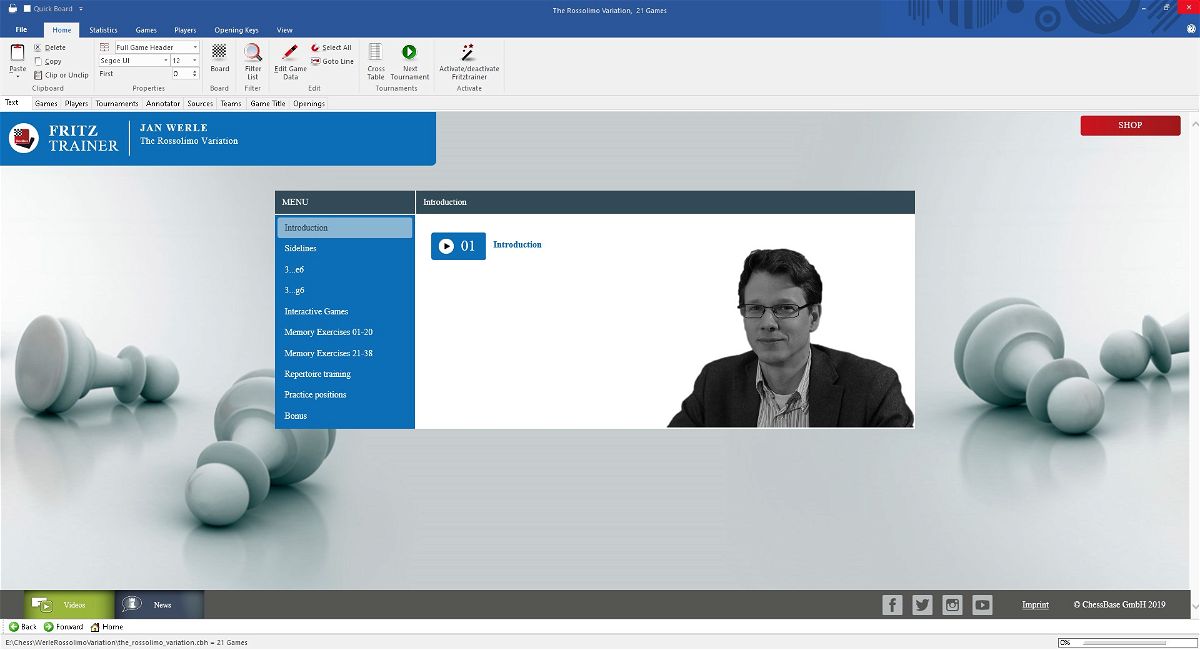
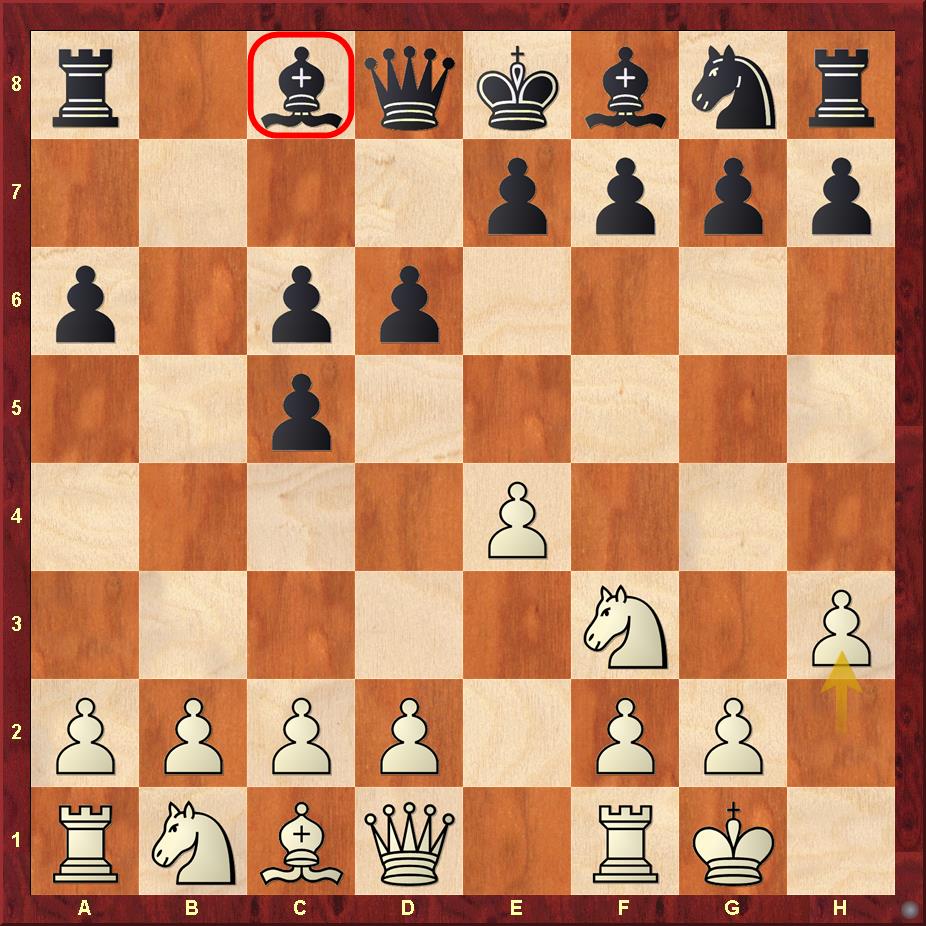
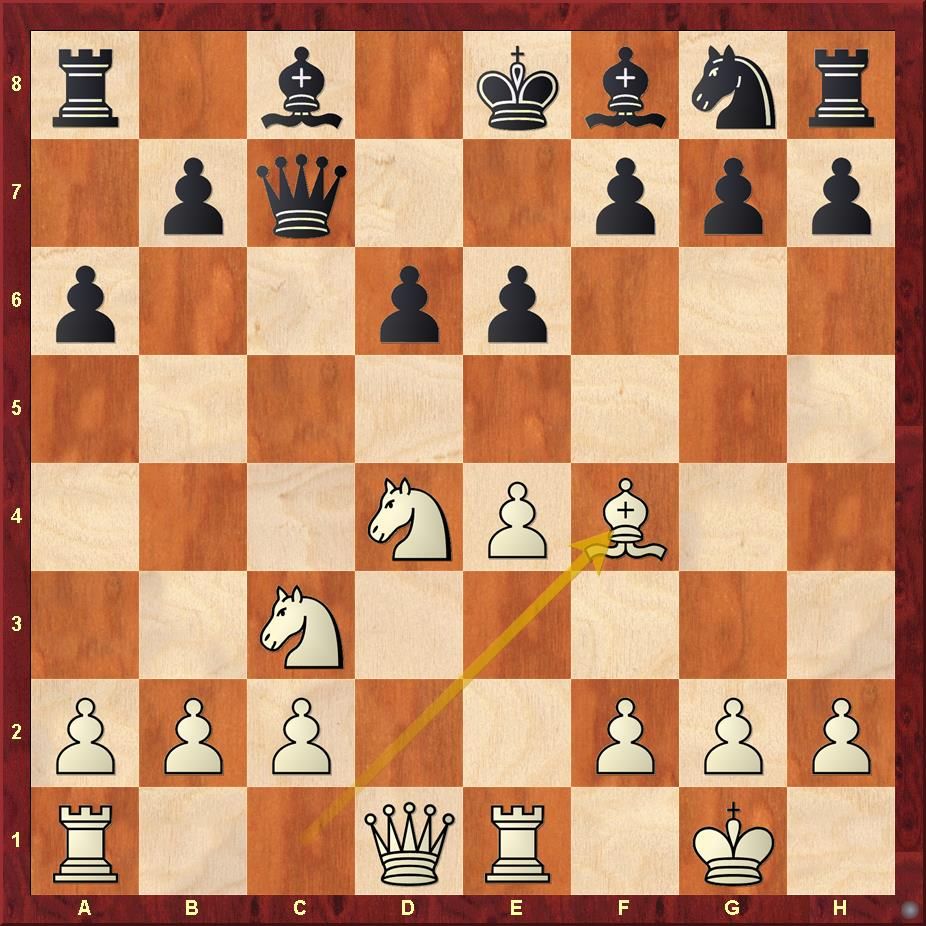
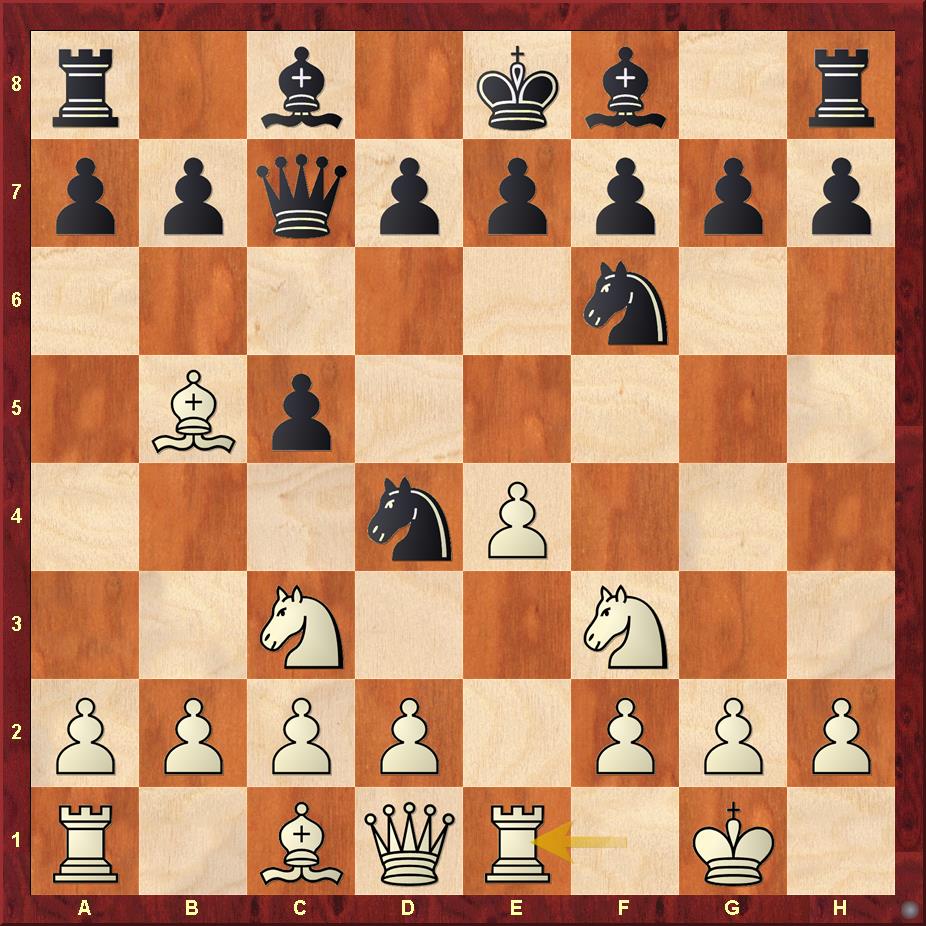
A pertinent question that I asked Jan was how much time one should focus on the sidelines when preparing for the game. His explanation was, and I quote - " It is really difficult to say, because these days the sidelines are becoming as popular as the main lines as the main aim of the opening has not become equality for Black or advantage for White, but instead taking your opponent into territory where you know your stuff and he doesn't."
Wise advice, and truth being spoken here - I myself play a Sicilian sideline as White, so I understand where this is coming from. Thus, Werle's coverage of the sidelines is perfect considering his advice on preparation - focus on Black's main tries there with explanations on what to do in general.
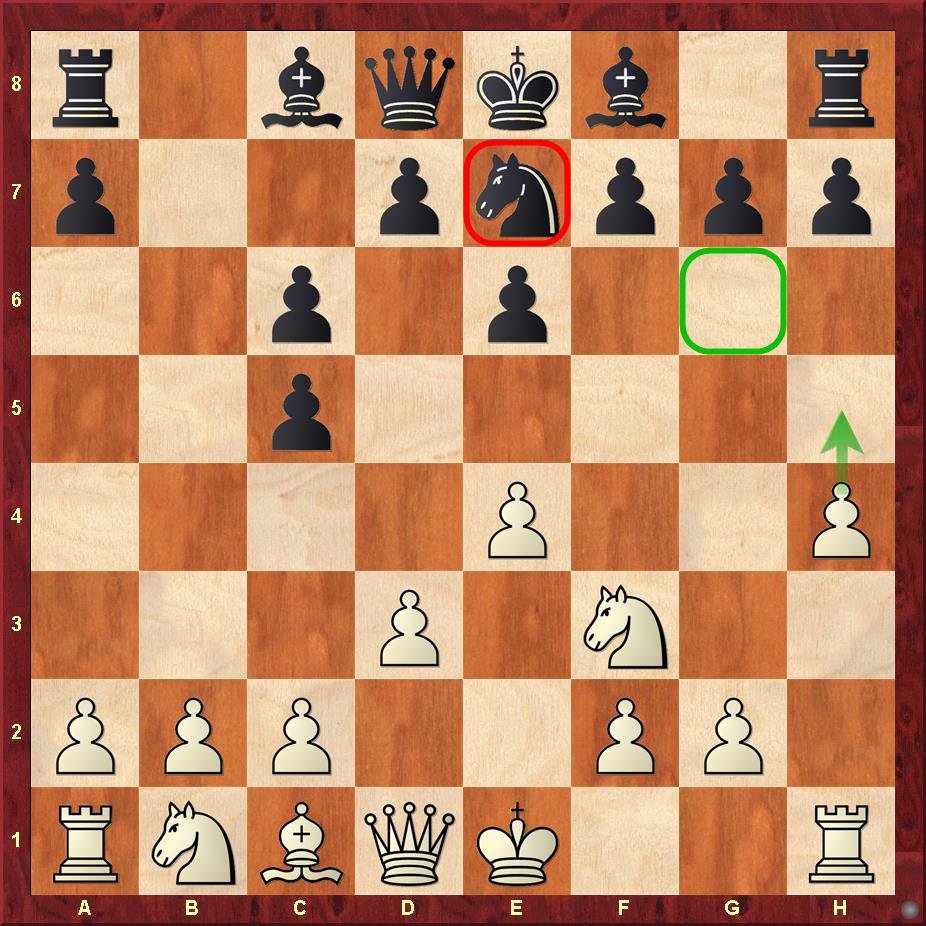
Talking about how he decided to present this idea as a suggestion for White, Jan explained that this idea was not his, but the resulting positions really appealed to him - " It caught my eye when I was checking it with LC0. It's a known idea, and it is very aggressive. It is a really hard line to play as Black - I would often wonder what to do with my g-knight - should I go to f6 or e7? If I go to f6 White has the chance to place the pawn on e5 with tempo. Since I have an extra light squared bishop I want to put my pawns on dark squares with d6-e5, and the knight will be perfect on g6. Thus came the idea of h4 - Black is maneuvering without completing development, and it makes sense to disturb his plans."

This I feel is one of the best discoveries in the Rossolimo in recent times. When asked how he found this idea, Werle explained that it draws its roots from Nimzowitch's old teachings - "I was checking this variation out with the latest software, and I was reminded of the old masters' idea of over-protection. So the thing is that instead of protecting an important central point 3 times for example, which is necessary not to lose it, you do it 4 times, so that the superfluous defender is free to move to other points. 9.Be3 attempts to do the same - instead of protecting the d4 square twice White does it thrice, and later on either his extra defender is free to move. Black's counterplay is based on targeting d4, and so it made sense to over-protect it while developing a piece."
This answer was a revelation for me. I am not so well versed in very old masters like Nimzowitch, but using their teachings one can come up with some really modern concepts! It also shows how one should prepare openings - based on sound positional principles.
Here is a recent example of the same - Caruana proved to be too powerful for Daniil Dubov:
This should pretty much cover the portions regarding the opening videos. Before coming to the exact pros and cons of the presentation, it makes sense to look at a few examples of the remaining two sections - the illustrative games and memory markers:
The following game's inclusion really impressed me - despite it not being part of Werle's theoretical recommendation he took time out and explained the nuances of the Rossolimo Middlegame - this shows a lot of character!

The Memory Markers were also quite instructive - Werle takes key positions and asks the viewer to find the move he has recommended in the theoretical section. I found this section rather entertaining and helpful, and in my opinion this is the best way to test our knowledge of a new opening. Apart from this, the DVD also contains a bonus portion, containing games played in this opening, all the lines that Werle has shown us, and a complete final analysis database, containing 3 lines - sidelines, 3...e6 and 3...g6. Quite a useful addition. Now, we enter the business end of the review. Should I recommend this to prospective buyers? Well, let me be as objective as possible, and this is my attempt to provide as honest a picture as possible - a list of pros and cons:
Pros:
1. This is clearly a DVD of a very high level of analysis, with respect to the improvements found in the 3...e6 and 3...g6 lines.
2. Werle is very easy to understand, and doesn't have much of an accent, so he should be comprehensible to most of the audience.
3. Unlike most presenters, Werle repeats that the lines that he is showing are illustrative, and not absolute. This is some objectivity!
4. There is a lot of content to be digested! 38 Memory Markers, 17 Illustrative games and a database of 83 illustrative games - this is clearly a DVD that impresses with quantity at least!
5. There is a balance between plans and concrete moves that makes this DVD fun to watch!
Is it a bed of roses? I'd thought otherwise, but the cons that I found had nothing to do with the author of the DVD, and after my chat with Jan I decided not to list all of them here. This was a conscious decision I took, as these take nothing away from the sheer quality of the content presented. However, with this being an objective review, I will state two of them here:
Cons:
1. The editing of the DVD leaves a lot to be desired. There are too many small chinks that have gone amiss, and that is sad considering the quality Chessbase usually provides. The most glaring is the inclusion of a clip from the Moscow Variation in the Illustrative games!
2. There has been a mini - miss in the 3...g6 line - after 7.d4 Black has the interesting 7...a6!?, which has recently (December 2019 for the precise ones out there!) become really popular among the top, with Carlsen and David Anton giving it a go from the Black side. However, considering how rare the line is relative to the main line, I won't be too critical - on the contrary I will offer players an antidote to it with some illustrative lines. Here it is :
Having said all this, it is time to conclude. Should this DVD be recommended? After some contemplation, my answer is yes. The sheer quality of the new ideas in the e6 and g6 titled the balance in the author's favour, and one should not forget that this is Werle's debut venture (as far as I know). Thus, one should encourage such strong GMs to make such series from time to time, so that the general chess enthusiasts benefit from their knowledge.
I will end this review with two of the most instructive (for me) moments from this DVD:

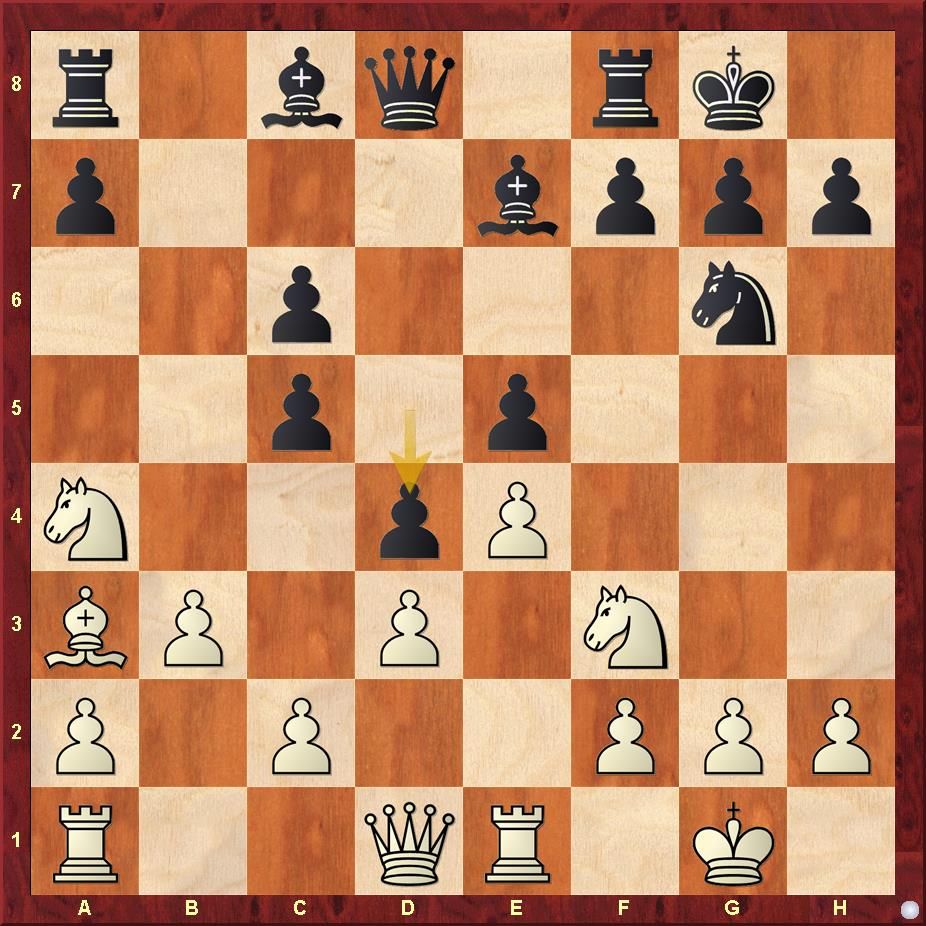
Stay tuned for part two of the Anti Sicilian Repertoire Review, where I speak with Jan on the Moscow DVD, his future plans and some coverage of more general topics.
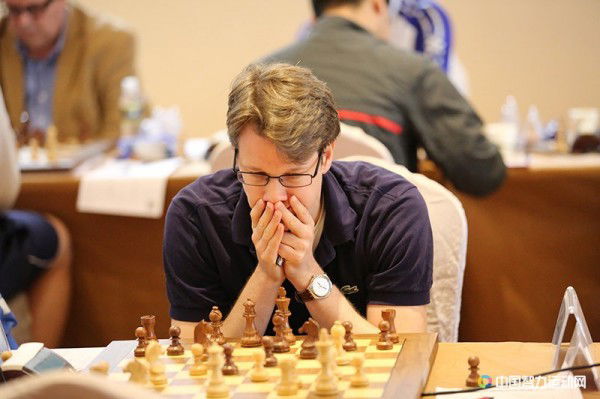
About the product:

